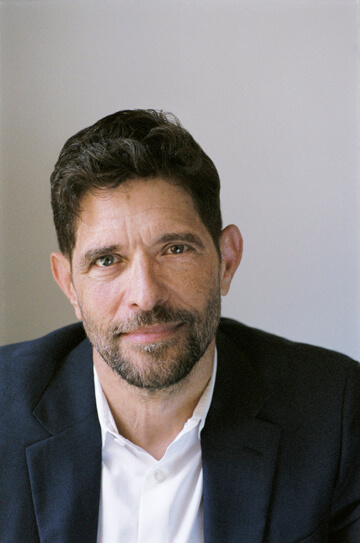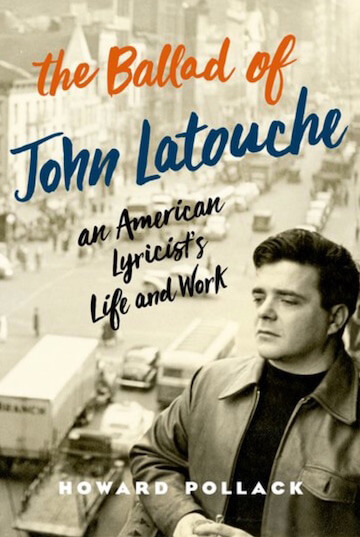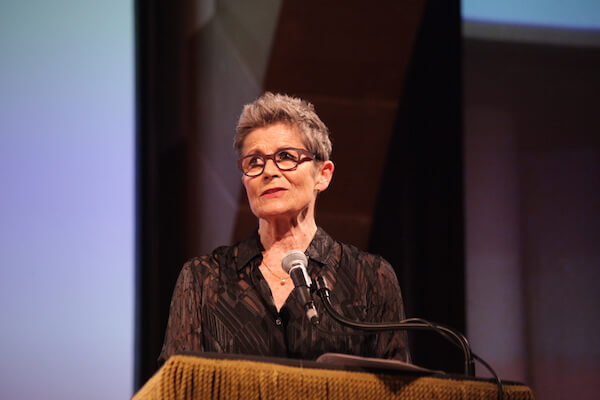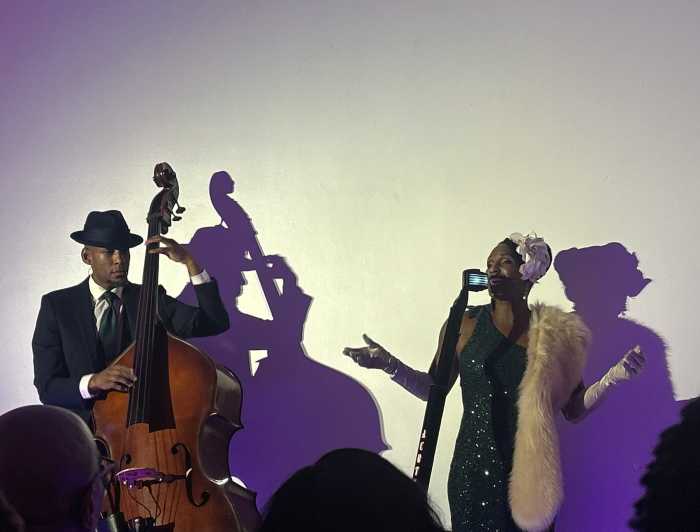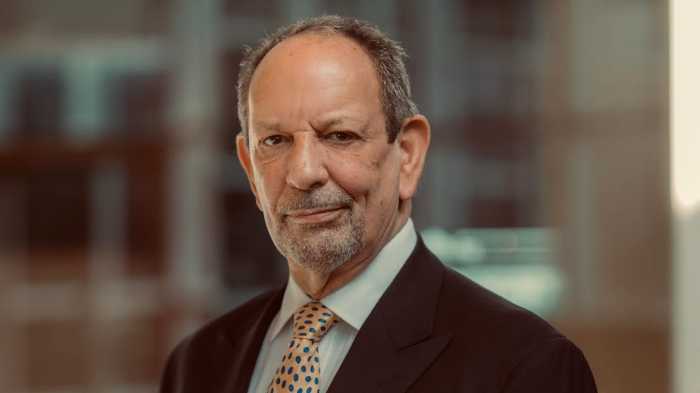New York Times best-selling author Brad Gooch has written many literary biopics, including on Frank O’Hara and Flannery O’Connor. A professional model decades ago, he transformed himself into a literary darling, earning a Ph.D. at Columbia University, and who now teaches at William Paterson University in New Jersey.
His most recent book is “Rumi’s Secret: The Life of the Sufi Poet of Love,” which details the life of the 13th century Sufi Islam mystic Rumi and his relationship with the scholar Shams of Tabriz, whom some have called his lover.
Sufi mystic’s homosocial bond with his spiritual teacher in 13th century resonates today
In a Q&A with Gay City News, Gooch talks about Rumi, his own travels in the mystic’s footprints through areas of conflict then and now, and what Rumi’s story means for us today.
MICHAEL LUONGO: What made you interested in the story of Rumi?
BRAD GOOCH: I was first drawn to Rumi by his seductive, if sometimes mystifying lyric poetry. When I was working on my book “Godtalk” [Knopf, 2002] around 2000, I wrote a chapter on “Muslims in New York City” and joined a Sufi group led by Imam Feisal Abdul Rauf of the Cordoba House. Rumi was his main inspiration, but rather than poems, he read from Rumi’s talks written down by his disciples, the emphasis on Rumi as spiritual leader.
From others in the group, mostly young Muslim Americans, I learned more of the culture and geography around Rumi, and of his life story, including his mid-life transformation triggered by his electric meeting with Shams of Tabriz. The writer in me recognized a great story there, to put a face and context to the floating name of Rumi.
ML: How long have you been working on the book, and what has been the process?
BG: I worked on the book for eight years. I first needed to learn Persian, or Farsi, the language of Iran, which I did with my tutor Maryam Mortaz, whose role grew eventually to co-translator of the poetry and prose. I studied in two immersion programs at the University of Texas, Austin, and University of Wisconsin, Madison, living in a dorm to speak Farsi 24/ 7 with fellow students, who tend to be 19 years old. I traveled the 2,500-mile map of Rumi’s life, including Tajikistan, Uzbekistan, Turkmenistan, Iran, Syria, and Turkey, involving me in more contemporary geopolitics than in my other writing projects.
ML: Tell me more about those places, especially as a gay man.
BG: Well, I certainly found a lot of flirting going on in the Middle East, though not necessarily more or less than anywhere else in the world. Obviously, though, any kind of overt gay scene was underground, coded to cover it. A poster of Oscar Wilde on a wall was such code. When my partner Paul and I were walking through the bazaar in Aleppo, Syria, two evidently gay guys shouted “Brokeback Mountain!” to us as another such wink-wink.
ML: How safe are some of the people you met in Syria?
BG: I was in Aleppo, researching Rumi’s days in madrasa, or college, on the Friday in 2011 when the civil war broke out. It was still possible to get a sense of the city Rumi knew: the bazaar, mosque, 10th century minaret were intact. Much of Aleppo is now in rubble and the past irrecoverable. I write in my prologue of meeting a young man who was a big Rumi fan, running his family’s carpet shop. I have tried since to find him but have not been able to. I communicated via Facebook with a cousin of his who is now in Southeast Asia. I often think of our driver and guide, and wonder if they are alive.
ML: Was Rumi gay as we would think of gay? What of his relationship with Shams?
BG: When I had my first lunch with my publisher after signing to write this book, I asked him what he thought of the notion Rumi was gay, as raised by The Advocate. “Depends what you mean gay,” he said, a wise comment.
Rumi and Shams of Tabriz obviously loved each other, though there is no evidence of an erotic component, which leaves the question open. Persian Sufi culture at the time had plenty of evidence of erotic relations between older men and younger men or boys. Persian poetry was often written by men about young men, cast as wine stewards or soldiers. The disturbance created by the relationship of Rumi and Shams of Tabriz in their lifetime was its challenging of such a Socrates-Plato tradition in the culture. Even they were personally challenged. Shams complained once he needed to know whether they were teacher and student, or friend and companion. Rumi recorded someone complaining you could not tell who was the lover and who the beloved. This love between two mature men, a reciprocal ethic of love, seemed to be the most confusing aspect to the wife and family, schools, and disciples already around Rumi.
ML: You talk in the book about how Rumi is still respected, even by conservative Islamists.
BG: In our time, as in Rumi’s, a tension existed between a fundamentalist, or conservative, interpretation of Islam and a more mystical Sufi emphasis. Sufis had been executed for making edgy remarks such as “I am the Truth!” or “Glory be to Me!,” challenging the border between human and divine. A fatwa was brought against Rumi at least once for using music and dance in his spiritual practice, and against Shams for supposedly drinking wine. But then, as now, Rumi had a charm that somehow protected him, and the poetry, then as now, touched hearts with its message of love expressed in the idiom of Islam and the Quran that allowed him freedom.
ML: There was a lot of turmoil in these regions at the time Rumi was writing poetry and traveling — essentially he was a refugee of sorts. Can you reflect on this, and about refugees in the region today?
BG: Rumi is always being reinvented. The Orientalists could be romantic about him, treating him a bit like Omar Khayyam. In the 1990s in America, he was taken up by the New Age movement of spirituality, with poems being recorded by Deepak Chopra and Madonna.
My book was published three days before the inauguration of Donald J. Trump and most striking about him now: one of America’s favorite poets — Rumi — was a refugee and spent part of his life as a migrant, his family displaced from their homeland in Central Asia by the onslaught of Genghis Khan and the Mongols. He lived in a time of tremendous chaos and flux, including the fall of Baghdad and the killing of the caliph, who was both emperor and pope within Islam — of the caliphate ISIS wishes to see restored.
Yet this time of darkness in politics and history was a remarkably luminous moment in poetry and spirituality. Rumi’s poetry may be speaking to us because he was keeping the faith in times at least as disturbing as ours.
ML: Where does Rumi fit with your other books on literary figures?
BG: The wonderful writer Fernanda Eberstadt helped me answer that question in a blurb she wrote for the book jacket: “Brad Gooch is the foremost biographer of flamingly original artists who preach the gospel of love, whether fleshly or divine.” I actually thought that if you put Frank O’Hara together with Flannery O’Connor you would get Rumi.
Like O’Hara, Rumi was a larger-than-life figure, writing spontaneous poetry that owed much to his passionate friendships. O’Connor is a rare world-class writer who put religion and theology at the center of her work and yet never slipped into pamphleteering or easy moralizing, as much overtly religious writing can do. Likewise Rumi’s witty, heartfelt, intense poems, simultaneously about human and divine love, bear comparison to such estimable poets as Walt Whitman and John Donne.
RUMI’S SECRET: THE LIFE OF THE SUFI POET OF LOVE | By Brad Gooch | Harper Collins | $28.99 | 400 pages

